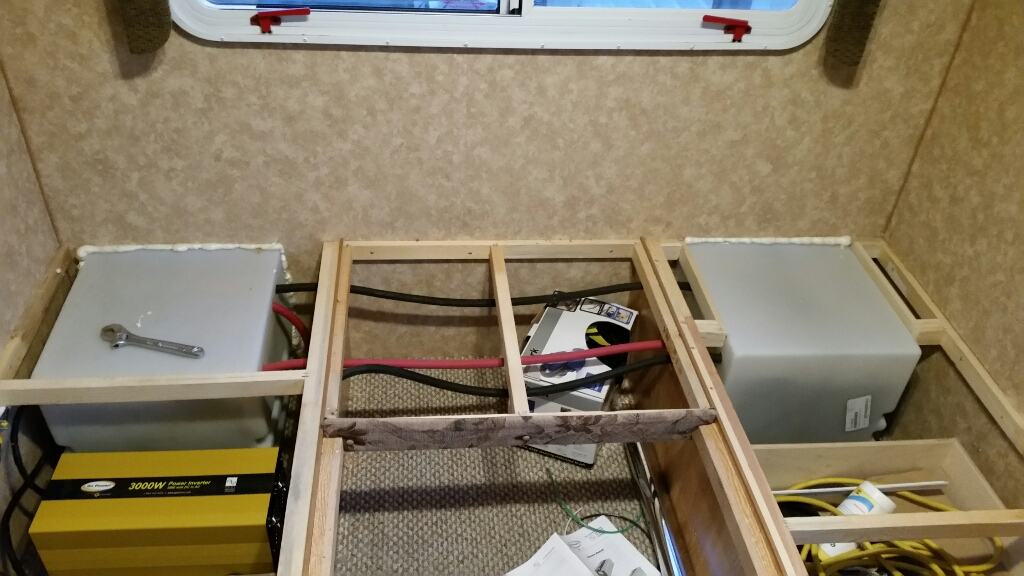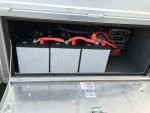comptiger5000
Adventurer
The benefit of a big alternator isn't necessarily for getting more max current into the battery, but for being able to get max charge rate under a wider variety of conditions.
Using my Jeep as an example, with what the basic vehicle systems draw, plus a night drive with the high beams and driving lights on, I could easily pull a steady 80 - 90 amps that are now unavailable for battery charging. If I only had, say, a 110 amp alternator, that would only leave 20 - 30 amps for charging. While with a 200a alternator, that same situation would leave enough excess that the batteries will likely be able to charge as fast as they can accept current (100+ amps if they're drained enough).
Using my Jeep as an example, with what the basic vehicle systems draw, plus a night drive with the high beams and driving lights on, I could easily pull a steady 80 - 90 amps that are now unavailable for battery charging. If I only had, say, a 110 amp alternator, that would only leave 20 - 30 amps for charging. While with a 200a alternator, that same situation would leave enough excess that the batteries will likely be able to charge as fast as they can accept current (100+ amps if they're drained enough).





